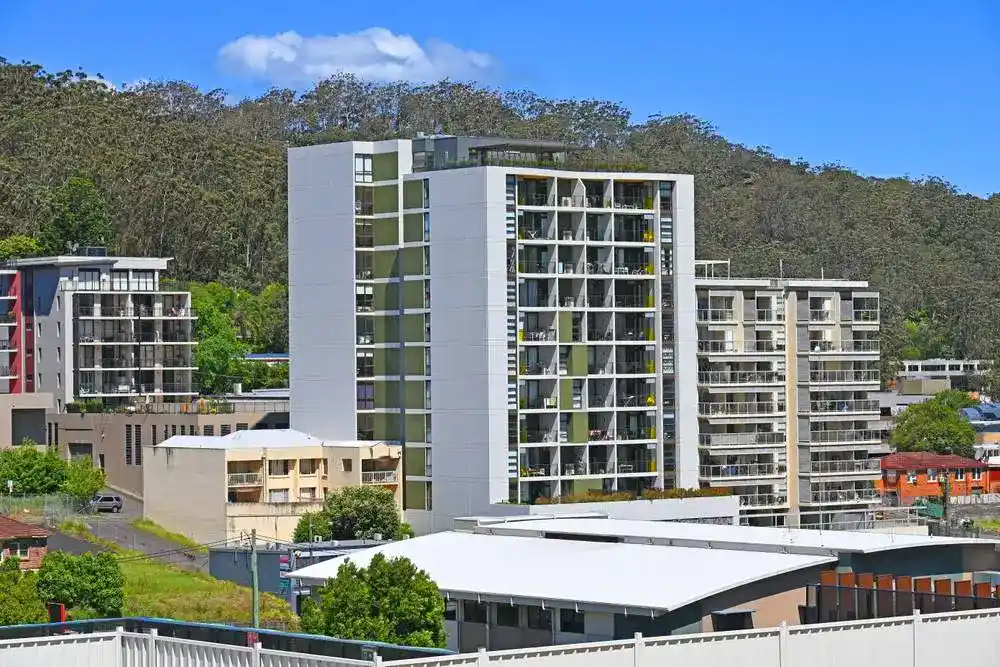
Unit vs house.
Which is the better choice? Are you torn between the two?
You’re not alone. Even many investors are stumped by this decision.
Both options have their own benefits and downsides, making it a tricky choice.
You’ll find a detailed comparison in this post to help you choose the best investment. We’ll explore the cost of entry, rental yields, maintenance expenses, and much more.
Stick around because you’ll have a clearer picture of which investment can turn your property dreams into reality.
Key Investment Factors
Cost of Entry
Units are typically a cheaper entry point compared to houses. Units are more accessible from a price point, so people can live closer to the CBD or metro areas.
The lower cost of entry for units can be particularly beneficial for those looking to invest in more desirable locations where houses might be out of reach financially.
Rental Yields
Units typically have a higher rental yield than houses because of their cheaper entry price.
The rent relative to the asset’s cost is generally a bit higher for units versus houses. Units can be a good option for investors looking for immediate returns and cash flow.
Expenses and Maintenance
Units can sometimes have higher expenses compared to houses due to things such
as strata fees and additional costs for common areas and apartment facilities like gyms, lifts, and swimming pools.
While houses have no strata fees, owners are responsible for all maintenance and repairs, which can sometimes be more expensive. However, these costs are often more predictable and under the owner’s direct control.
For instance, a house owner can decide when and how to undertake maintenance tasks, whereas a unit owner is subject to the decisions made by the body corporate.
Ability to Add Value
Units are quite limited in terms of what you can do to add value to the property. Typically, it’s limited to just inside the four walls. The strata own anything outside the four walls and is a common area.
Houses have a greater scope in this regard. Owners can undertake extensive renovations inside and outside the property, such as adding new rooms, building extensions, or landscaping the garden. This ability to make significant improvements can substantially increase the property’s value.
Houses, therefore, often provide more opportunities for investors looking to enhance their property’s value through renovation projects.
Land Component and Long-Term Growth

Houses have a large land component—meaning that the land’s value can drive the overall appreciation of the property.
Land tends to appreciate over time, while buildings and structures may depreciate.
Units, in contrast, have a much smaller land component as they share the land with other units in the complex. This shared ownership means that the potential for land value appreciation is divided among all the units, reducing the impact on any single unit’s value.
Historically, properties with a larger land component, such as houses, have shown greater potential for long-term growth than units. Demand is particularly high in areas with scarce land.
Due to their land value, houses are often more attractive to investors seeking long-term capital growth.
Mark Twain’s famous quote, “Buy land; they’re not making it anymore,” underscores this point.
The scarcity of land and its enduring value make houses a potentially more lucrative investment for those focused on long-term appreciation.
Control of the Asset
With a freestanding house, you have 100% control of the asset. You control repairs and maintenance, how you look after the property, and who you put in it.
With a unit, you don’t have full control over your assets. There may be bylaws that prevent certain occupants or types of occupancy. Often, if you’d like to do work on the property, you need to get permission from the body corporate.
Tenancy
Houses typically cater to families looking for stability and space. These tenants tend to stay longer, providing the property owner with a more stable and reliable income stream.
On the other hand, units might attract a more transient tenant population, including singles, couples, or students, who may move more frequently. While finding long-term tenants for units is certainly possible, the demographic typically associated with unit living can result in higher turnover rates.
For investors, this can mean more frequent tenant changes and potentially higher costs associated with finding new tenants and preparing the unit for each new occupancy.
Banks’ Lending Preferences
Banks are usually very confident and comfortable lending on houses. Houses are often considered safer investments due to their larger land component and the potential for long-term appreciation.
Banks are sometimes less confident about lending to units, particularly smaller units (less than 50 square meters) or serviced apartments. Banks see these as potentially having less appeal for resale, making it more challenging to recover loaned money if needed.
Comparison Table: Units Vs Houses
| Factor | Units | Houses |
|---|---|---|
| Cost of Entry | Lower cost of entry; more affordable | Higher cost of entry; more expensive |
| Rental Yields | Generally higher rental yields | Generally lower rental yields |
| Expenses | Higher ongoing expenses (strata fees, common areas) | Lower ongoing expenses; no strata fees |
| Maintenance | Less extensive, often managed by strata | More extensive, directly managed by the owner |
| Ability to Add Value | Limited to interior renovations | Extensive; includes interior and exterior improvements |
| Land Component | Smaller land component; shared ownership | Larger land component; full ownership |
| Long-Term Growth | Lower potential due to smaller land component | Higher potential due to larger land component |
| Control Over the Asset | Less control; subject to strata rules | Full control over property and land |
| Tenancy Stability | More transient tenants (singles, couples) | More stable, long-term tenants (families) |
| Banks’ Lending Preferences | More challenging; banks may be hesitant | Easier; banks are generally more willing to lend |
Market-Specific Considerations
It’s important to know the market and select the right property for that market.
For example:
In an inner-city location, where you would more likely have demand from singles or couples without children, a unit might make much more sense and be in higher rental demand.
Here on the Central Coast, houses are more desirable and sought after. Purchasing a unit might take longer to find tenants.
This highlights the importance of knowing the market and purchasing the right property in the right location to get the best return on your investment.
Conclusion
We’ve covered a lot of ground in the debate on houses vs. units. While both have their strengths, I personally lean towards houses, especially on the Central Coast.
The main reasons?
It’s all about that land component and having more control over your investment.
But here’s the key takeaway:
Your best choice depends on your unique situation. Your goals, budget, and target area all play a part.
Let’s not forget the local market—it’s necessary to understand what’s in demand where you’re looking to buy.
Now, I know this can all seem overwhelming. That’s where a buyer’s agent like myself comes in handy.
If you’re looking to purchase property on the Central Coast and want to know which type of property would be best for you and your particular strategy, feel free to contact us for a free consultation.
We can discuss your investment goals, explore the local market, and determine whether a house or unit would be the best fit for your needs.





